Xiaomi Mi Mix 3 Review
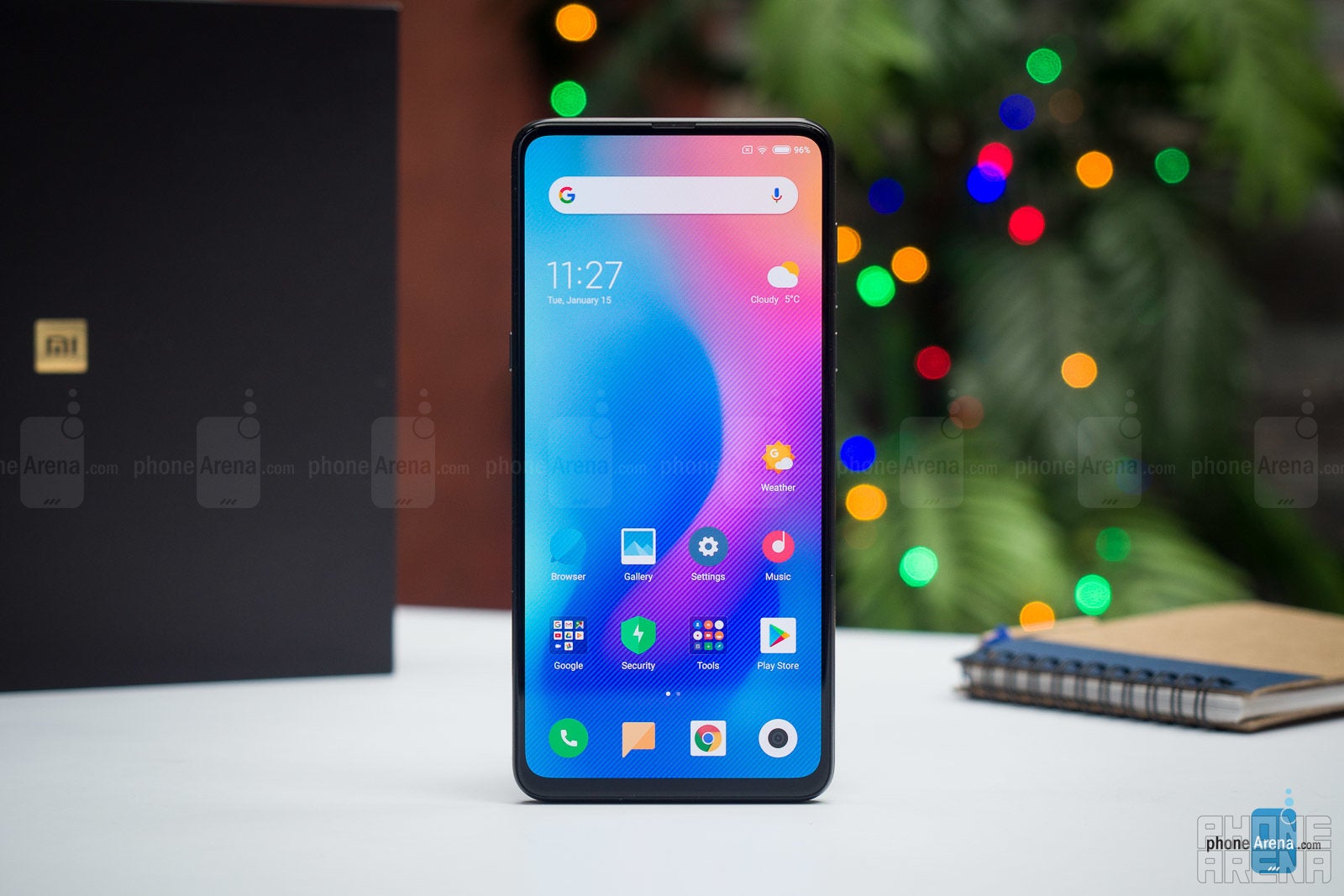
Review index
Design | Fingerprint Scanner | Display | Interface and Functionality | Processor, Performance and Memory | Internet and Connectivity | Camera | Call quality | Battery life | Price and Alternatives | ConclusionIn the beginning was the screen. And the screen was everything and everything was a screen.
That’s what Chinese company Xiaomi could have written if it had to apply the Holy scriptures to the way it kicks off 2019. The reason for that is its new, futuristic Xiaomi Mi Mix 3, a phone with a true, edge-to-edge screen and with practically no bezel to get in the way (no notch either).

With all of this in mind, let’s take a look at its latest and greatest, the Xiaomi Mi Mix 3, and see whether it’s any good.
First, let’s take a look at what's inside the box:
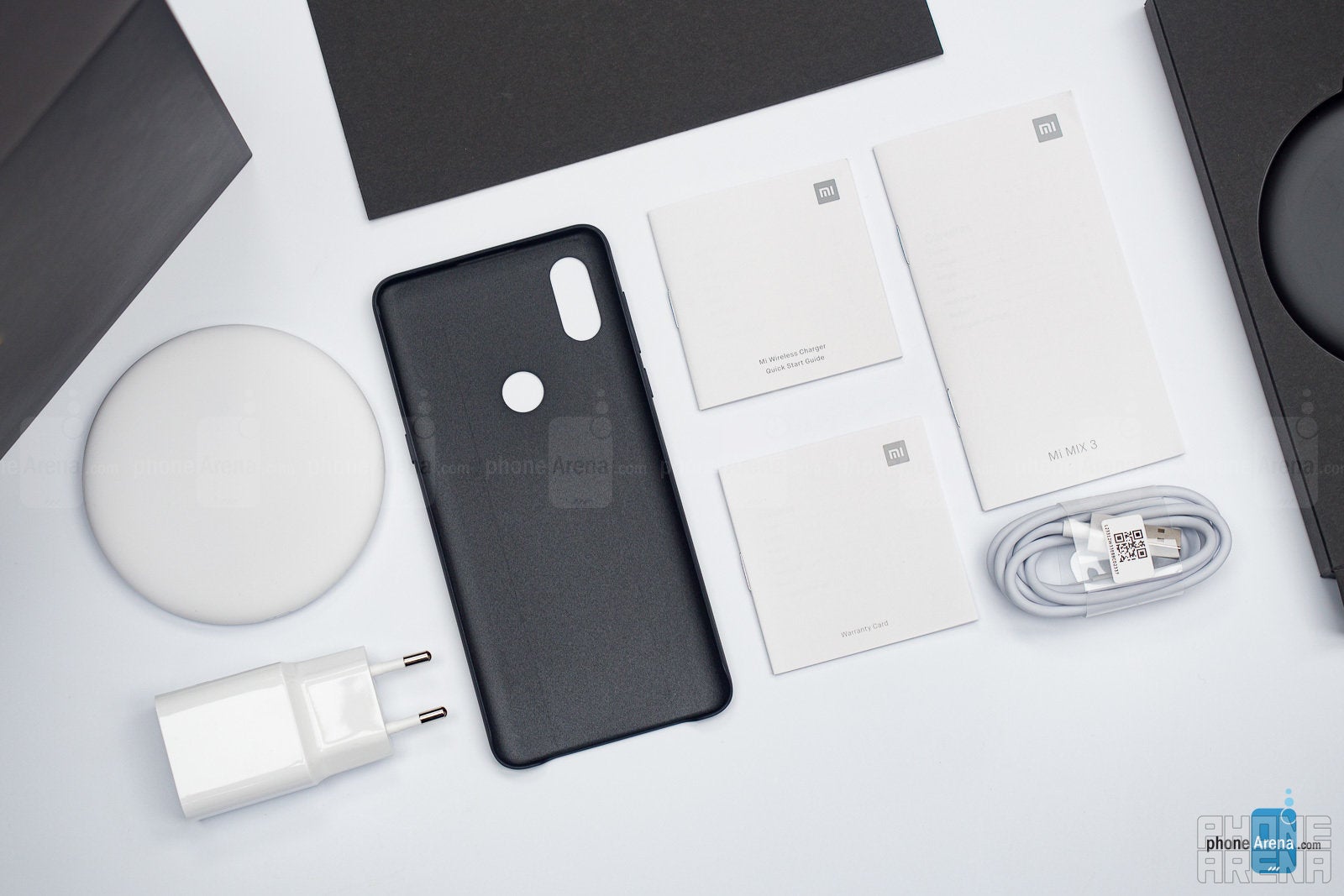
- Xiaomi Mi Mix 3
- Silicone case
- Fast charger (up to 18 watts)
- Fast wireless charger (up to 18 watts)
- USB-C to regular USB cable
- SIM tool
- User Manual
Design
How does it feel to use a slider phone in 2019?
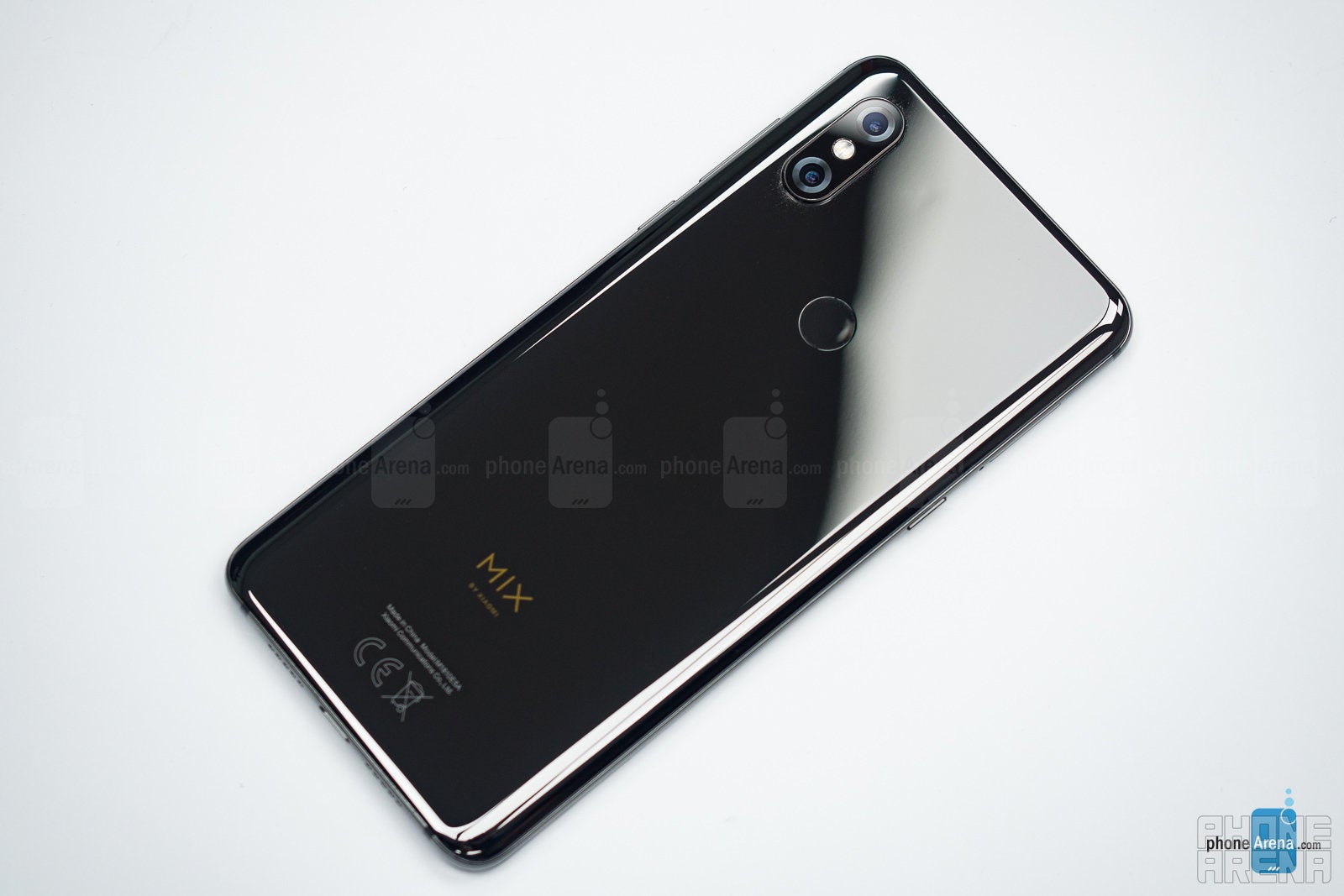
One thing you might be wondering is how would a case fit on a sliding phone. Quite easily, really: the top part of the phone slides down, so you need a case where the bottom part is cut out. And you have one such case included for free in the box, which is a nice touch, and of course third-party options will also be available.
On the left side of the Mi Mix you have what Xiaomi calls the AI button. This one is hard-coded to the Google Assistant, so you cannot customize that, but you do have some customization options for what a long press and double press of the button can do, so you can set a double press on it to start the flashlight for example, which is useful. A long press defaults to push-to-talk mode for the Google Assistant, acting much like a walkie-talkie.
So what about the actual design and styling? The Mi Mix 3 is a beautiful phone with a ceramic back and it comes in a selection of three different colors: blue, green and black. And... it’s an absolute fingerprint magnet. It is also a bit on the thick side, measuring 0.33 inches thick, which is actually a bit thicker than an iPhone XS Max. Size-wise it’s very similar to the XS Max. it’s just a bit narrower, but not by much. So yes, it’s a big phone.
One feature that we do miss on the Mi Mix is water-proofing. There is no special water protection on this phone.
Fingerprint Scanner
A perfectly good fingerprint reader!
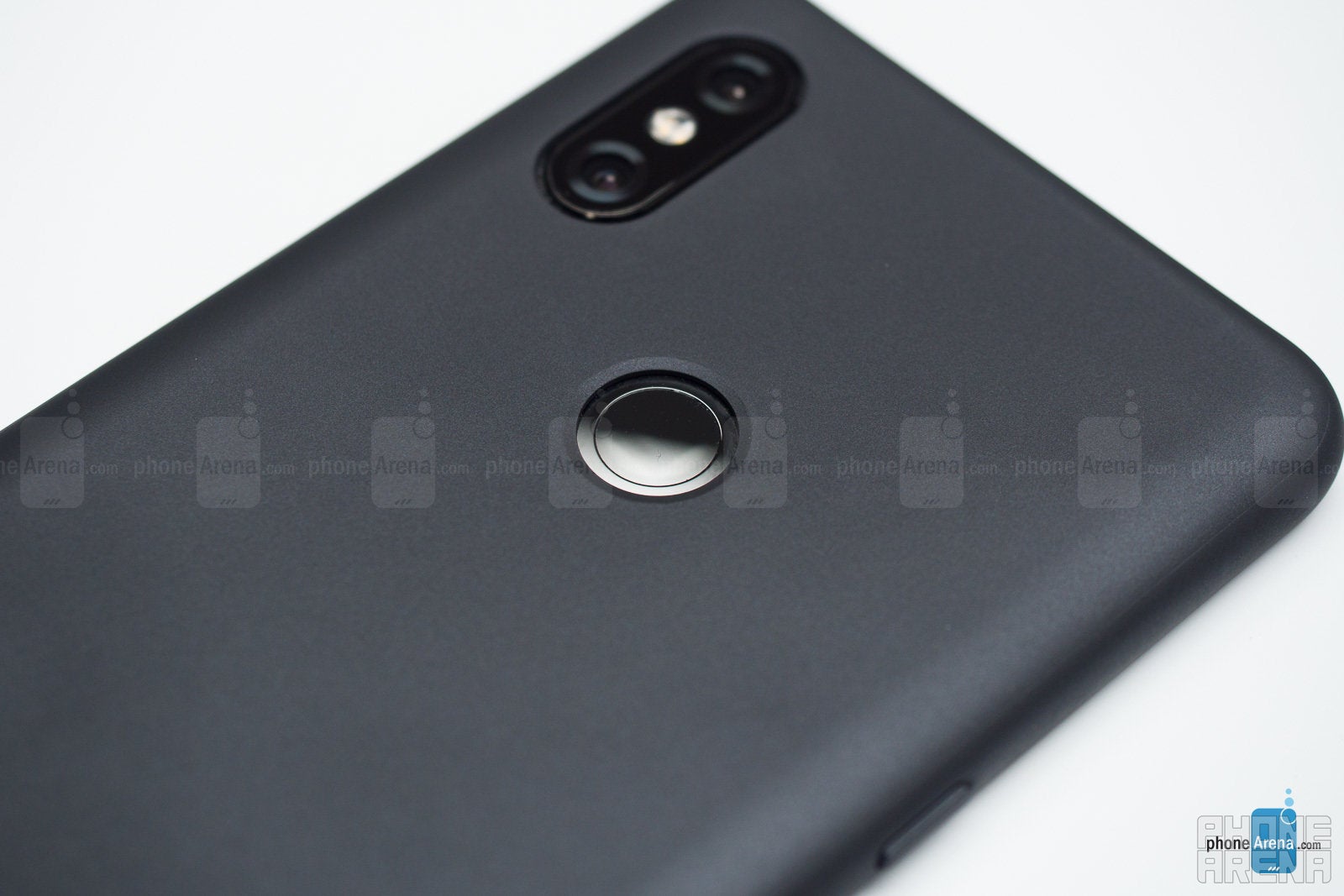
Thankfully, the Mi Mix 3 has just that: an extremely fast and accurate fingerprint reader on the back of the phone. It works just as you’d expect, no nasty surprises.
Display
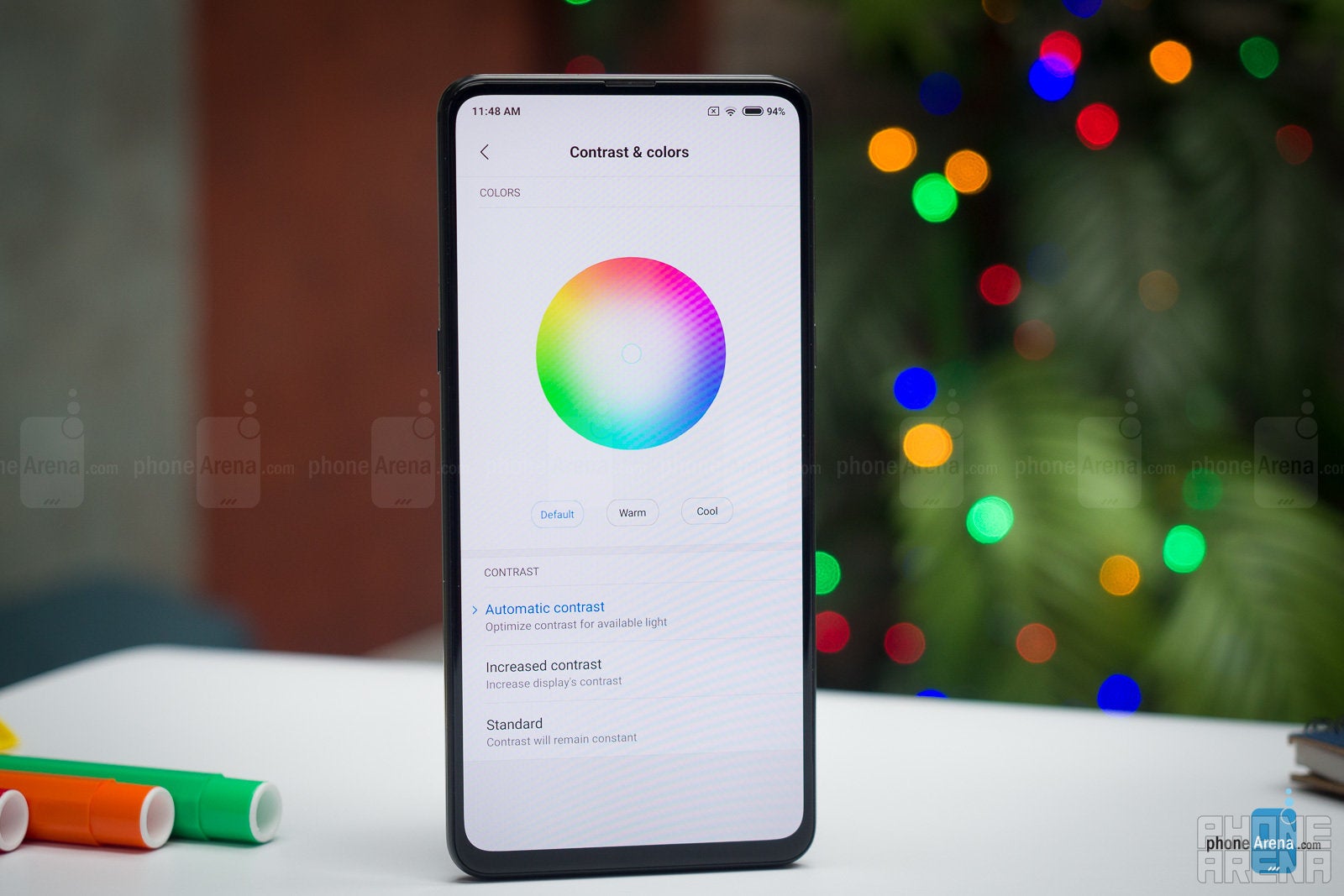
So what about this screen? We like it: colors appear vibrant, with excellent contrast and good viewing angles. We found that outside it got bright enough, but still not quite as bright as the AMOLEDs you find on Samsung’s Galaxy series or the iPhones, so those phones are a bit easier to use outside on a sunny day.
Interface and Functionality
Xiaomi’s custom interface MIUI has grown up and has some of the best gestures around. It’s fun.
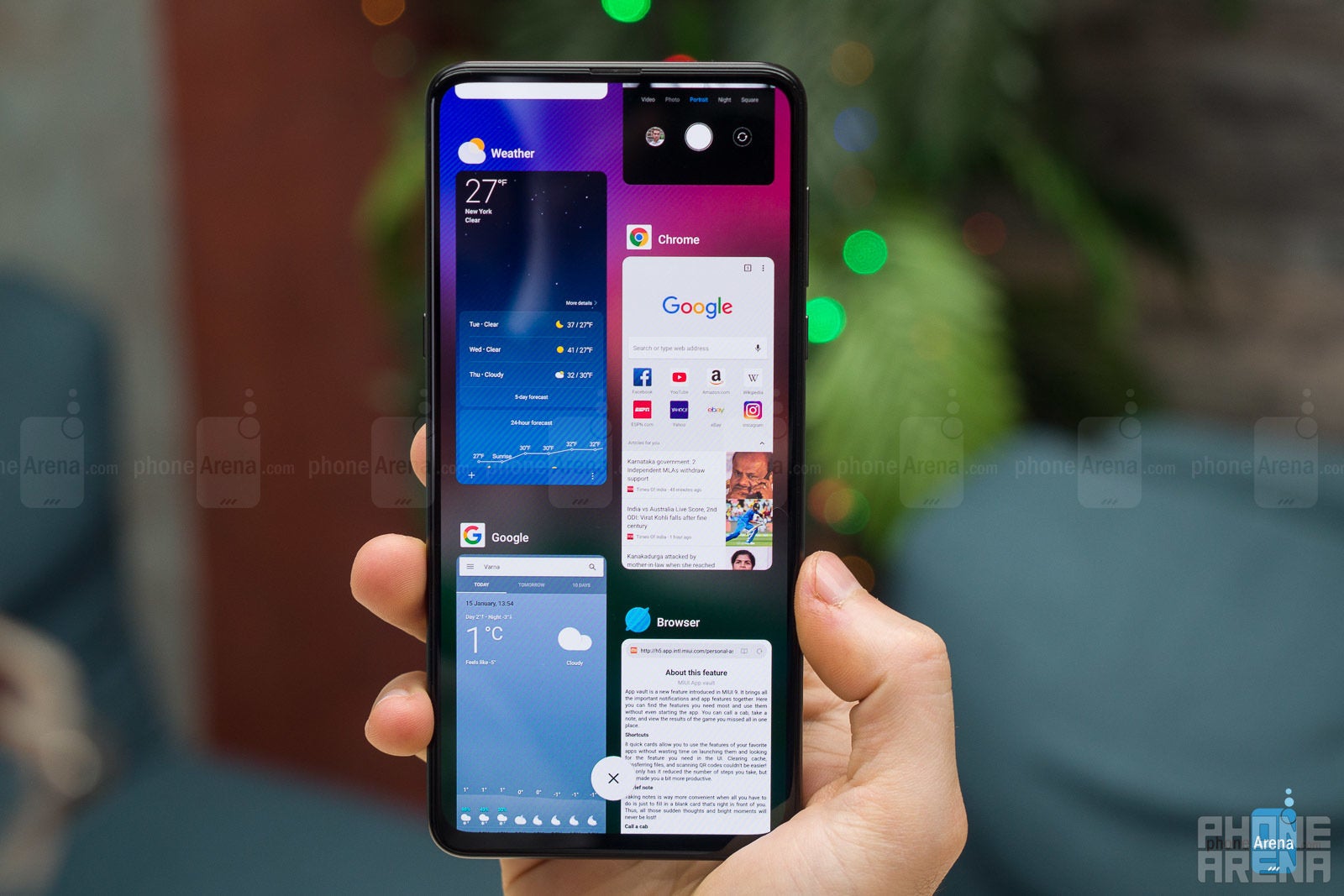
Multitasking in MIUI 10
By default, you have the three on-screen navigation buttons: recents, home and back, but we strongly suggest that you go into Settings > Full Screen Display, and switch to the full screen gestures. This here is easily among our favorite implementations of gestures: you can swipe both left and right to go back, which is very convenient, you swipe up to go home, swipe and pause to see the recents app, and you also have a swipe up from anywhere but the bottom part of the screen to trigger a local search.
The multitasking interface is also quite ingenious: you have two columns of apps rather than just single apps, so while the cards are still big enough for easy tapping, you can easily see many more apps and this just works so much better than the traditional card approach, especially if you have to switch between more than just two apps.
One little thing that we are missing are fingerprint gestures like we have on Google’s Pixel series. On the Pixels the fingerprint scanner is also on the back of the device and you can swipe down on it to bring down the notification shade, which is a cool little shortcut. Unfortunately, this one is not available on MIUI.
MIUI also has a few tricks up its sleeve that you don’t find on many other interfaces: for instance, you have the option to record all of your calls without the need for any third-party apps. You also have a Second Space, which is basically a second profile for your phone and allows you to have two completely different setups, one for work and one for play, for example.
Processor, Performance and Memory
Snapdragon 845 and top tier specs at an incredibly affordable price
The Mi Mix 3 is a true Android flagship and you can tell by the Snapdragon 845 chip that powers it, the same one that you find on nearly all high-end Android phones from 2018.
This alone ensures speed, and the Mi Mix 3 is certainly a very fast phone. When it comes to the actual performance, though, little optimizations can make a big difference, and the Mi Mix 3 does not quite feel as buttery smooth as say a OnePlus 6T. On the Mi Mix, there is a very slight delay between the moment you tap an icon and the moment an app starts. It’s not a big deal by any means, but if you obsess over speed, you will notice it – and we know we did.
In benchmarks, the Mi Mix does on par with the rest of the Snapdragon 845 gang. Take a look at the results below:
While there are versions with more RAM and more storage of the Mi Mix 3 in its homeland of China, there is only one version that is available internationally in most countries and it is the one we have up for review. That is the one with 6GB RAM and 128GB of storage. We find this configuration more than adequate enough for even the power users out there. For the select few out there that would need even more storage, though, you should know that unfortunately there is no microSD card slot on board for memory expansion here.
Internet and Connectivity
Mi Mix 3 features all necessary LTE bands for official markets (but not for the USA)
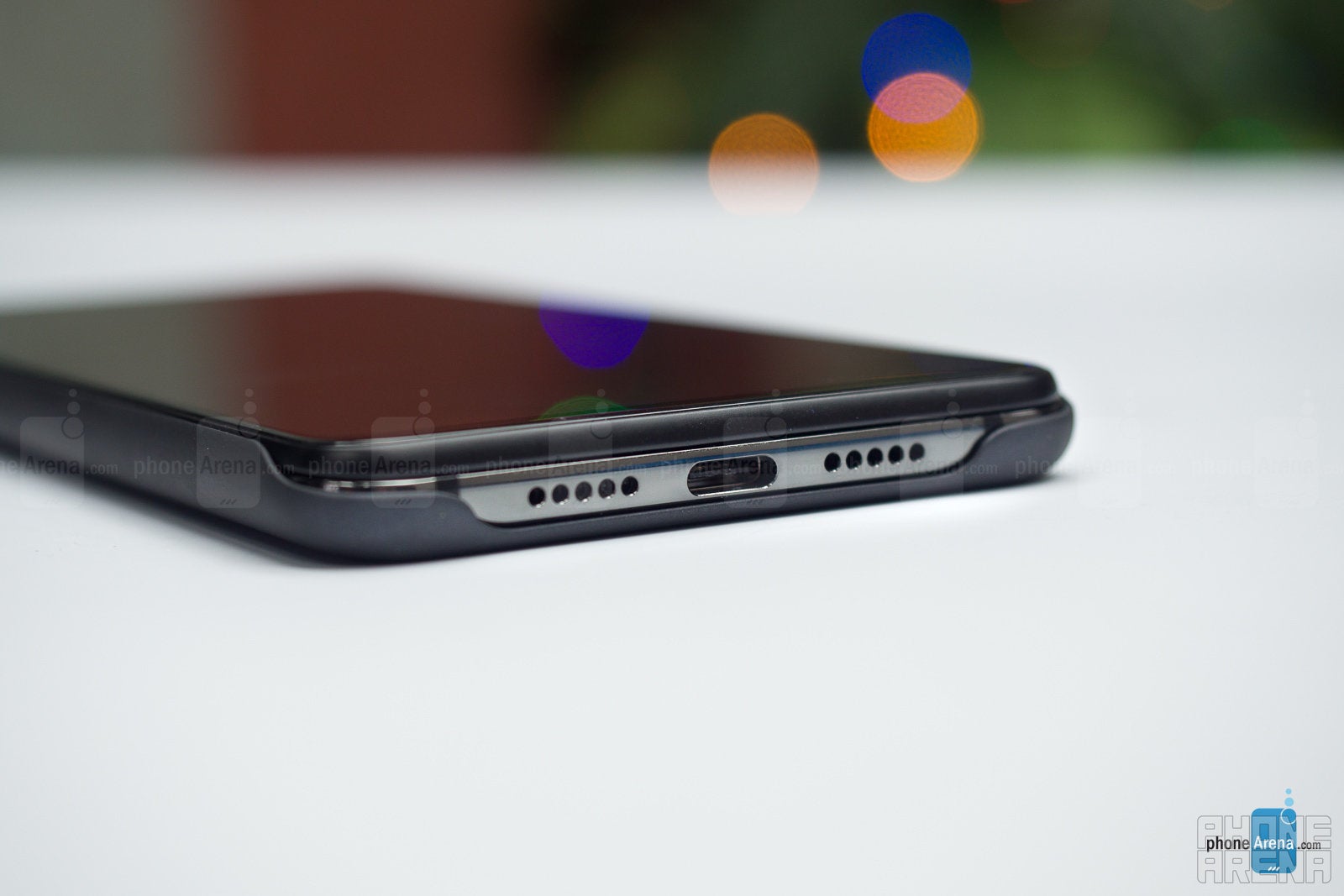
In terms of other connectivity options, you do have NFC here (many affordable Xiaomi phones miss it, but not this one). You also have dual-channel Wi-Fi and Bluetooth 5.0.
Camera
Not quite a flagship killer.
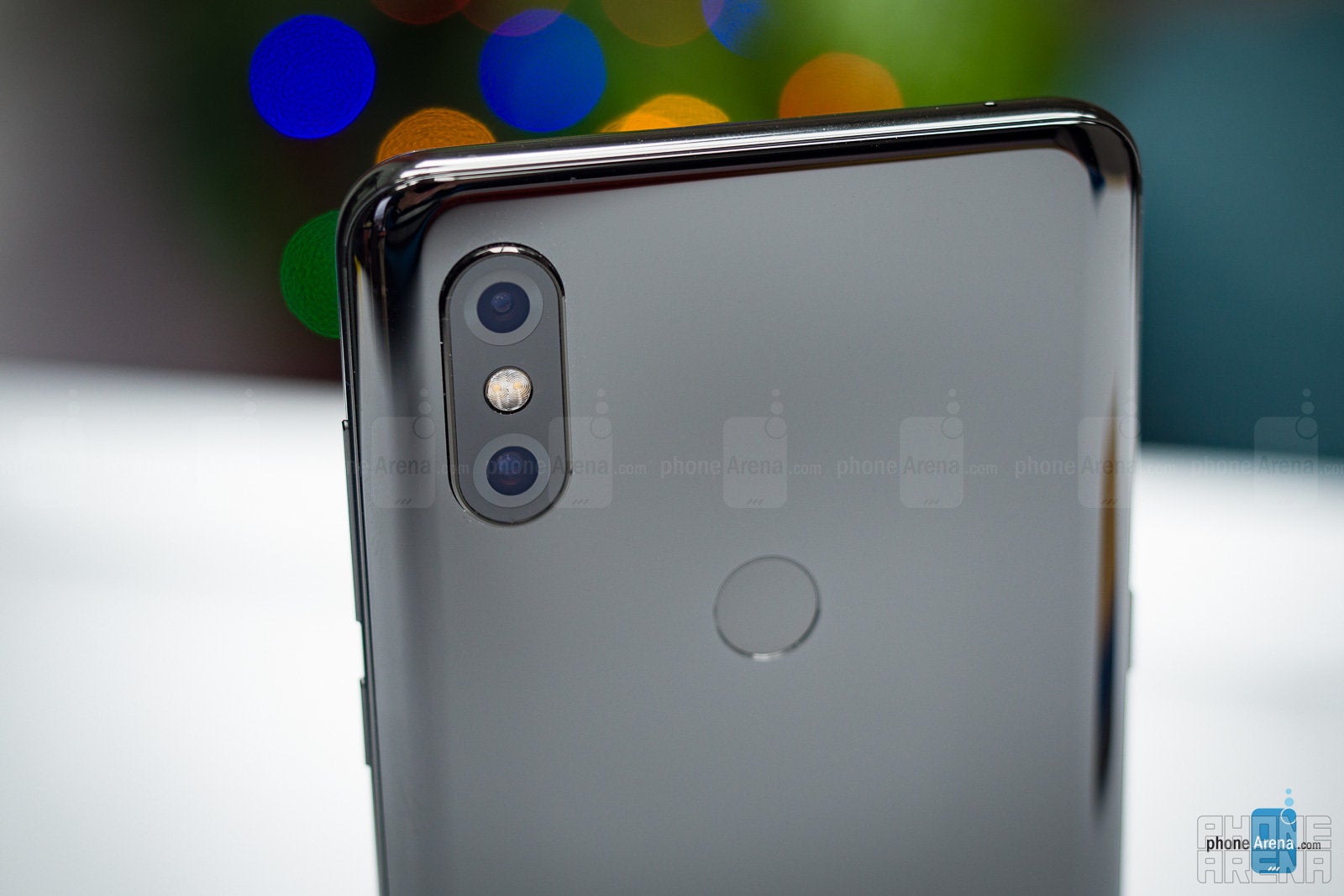
We snapped a bunch of pictures to find out, but first, let’s go over the specs: the Mi Mix 3 features a dual rear camera with two 12-megapixel sensors where the secondary one offers 2X telephoto zoom. Up front you have another dual camera setup for selfies: there is a 24-megapixel main shooter and an additional 2-megapixel depth sensor. You also have an LED flash on the back, as well as the front, so you can light up those night-time shots.
Image Quality
So how about the actual images? Are they good enough to compare with the very best phones out there?
During the day, photos look good with pleasing colors and a very distinct, slightly soft detail. This slightly soft detail is not technically ideal, but it gives a very interesting, slightly dreamy look to photos. The Mi Mix 3 is one of very few phones out there that allow you to select the sharpness level as well as contrast and saturation in the camera, so you can easily change that by switching the sharpness setting from ‘normal’ to ‘high’.
You also have a dedicated ‘Night Mode’ on the Mi Mix and again, we compared it to the night mode on the OnePlus. First of all, we have to say that we love Night Mode on the Mi Mix: contrary to the OnePlus which takes quite a long while for a night mode shot, the Mi Mix is fast. Night mode shots from the OnePlus also appear very blurry and come out with very poor detail, while the Xiaomi does a much better job.
Video quality
The Mi Mix 3 can shoot 4K video at either 60fps or 30fps, and you have video stabilization available for both these modes. And the actual footage looks very good: you have a good amount of detail, proper exposure and the camera is able to switch focus quickly when needed.

Sound quality
The Mi Mix 3 has a single loudspeaker that is located in one of the grills on the bottom of the phone (the right one, next to the USB-C port). This is one area where the phone falls short in comparison with most flagships: sound through the speaker is just not very loud, and speaking of quality, the sound is quite shallow and squeaky.
Call Quality
We had no issues with call quality on the Mi Mix 3. Reception is good and the calls come through with a good amount of volume and clarity on both ends of the line.
Battery life
The Xiaomi Mi Mix 3 comes with a 3,200mAh battery, which is not the biggest battery size for a phone with a massive, 6.4-inch AMOLED display.
Naturally, we were curious: can such a relatively small battery provide enough juice and power the phone through those longer days?
To understand that, we turned to our trusted battery life test. This is the same test that we have been running on phones for a few years now, so you can not only get a number, but you can see how battery life on a particular phone compares to its peers and even to phones released way earlier.
The Mi Mix 3 scored right in the middle of the charts, with a battery life just shy of 8 hours.
The other aspect of the battery experience is the time it takes to charge up a phone from 0 to 100%. The Mi Mix 3 supports 18-watt fast charging and it comes with the fast charger in the box. Not just that, you also get a fast wireless charger included in the box for free as well! Awesome!
Price and Alternatives
The Xiaomi Mi Mix 3 is actually more affordable than the latest OnePlus phones!
Price is set at 500 euro (but discounts are available at start and you can get it for 50 euro off the initial price). For a brand new device that is just arriving on the market, this price is extremely competitive.
And here is how this compares to other top-tier phones with a similar processor and capabilities:
- LG G7 ThinQ: 450 euro
- Xiaomi Mi Mix 3 (6GB RAM + 128GB storage): 500 euro
- OnePlus 6T: 550 euro
- HTC U12+: 570 euro
- Samsung Galaxy S9 Plus: 670 euro
- Google Pixel 3 / 3XL: 600 euro / 700 euro
- Samsung Galaxy Note 9: 800 euro
- Apple iPhone XR: 820 euro
It’s clear that for those looking at the pure specs and the value there, the Mi Mix 3 is the best offer around, hands down.
Conclusion
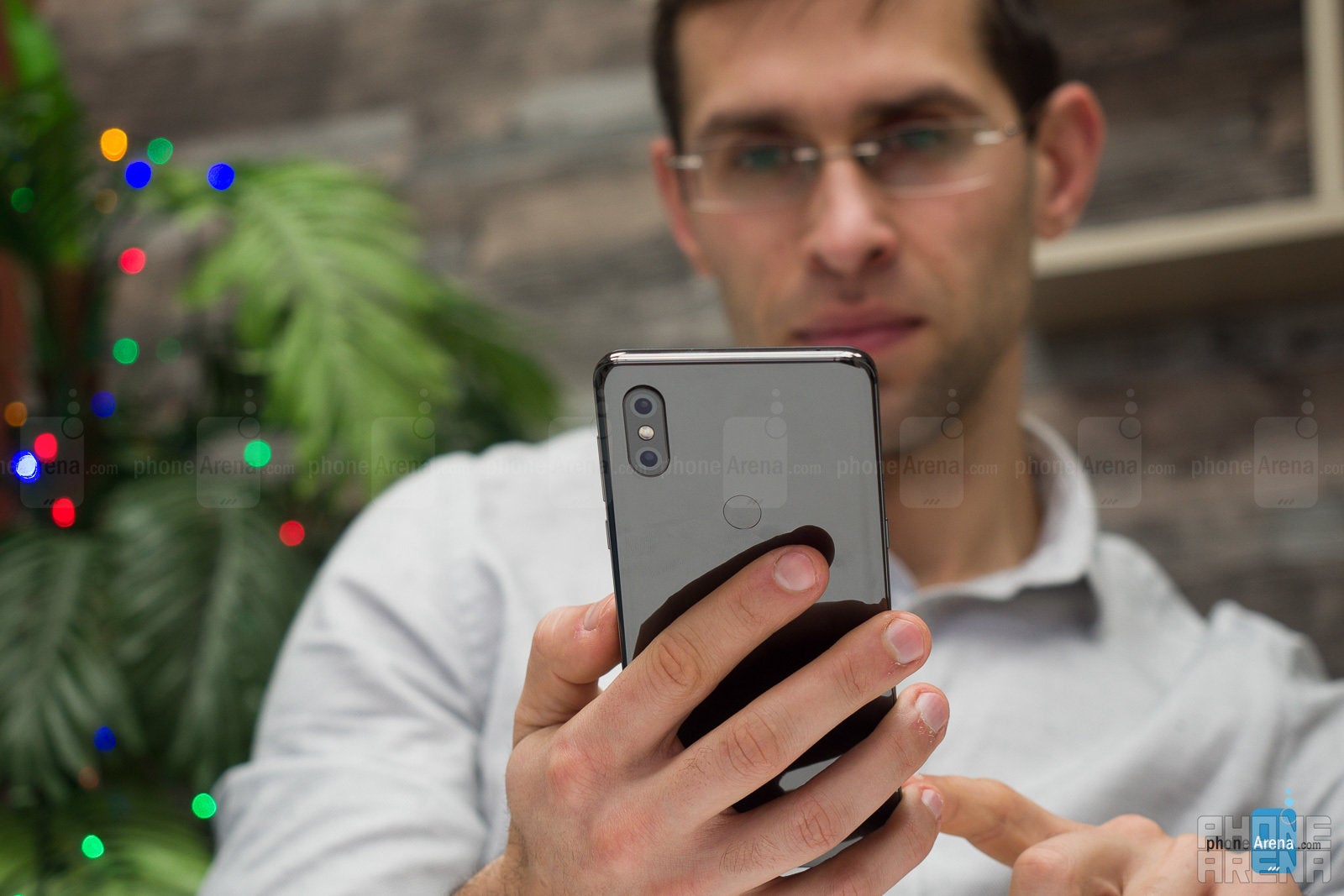
There are just a few downsides to this phone: it’s a bit on the bulky side, the loudspeaker does not quite sound stellar, performance is just a bit below the very best, and the camera, especially at night, is again not on par with the best. We were also concerned about the small battery and how that plays out, but in reality, we found that the phone easily lasts a day. It’s definitely not among the best battery performers, but it is not bad either. And as to the slider, it’s really not something that gets in the way too much, so if you don’t take a lot of selfies, you almost forget about it.
Really, though, considering its price that is less than that of a OnePlus phone, there is little we could hold against the Xiaomi Mi Mix 3. It looks gorgeous, the full screen experience is something really cool, the gesture navigation is among the best we’ve used and it’s a joy just navigation around, plus you have plentiful storage on board.
So, it’s a thumbs up from us!
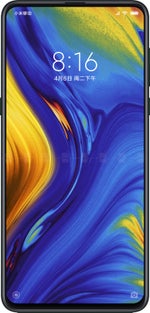
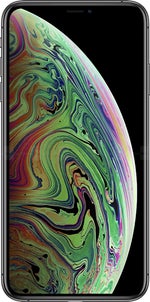
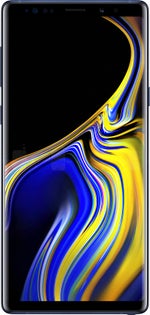
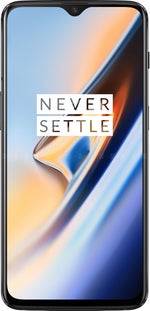























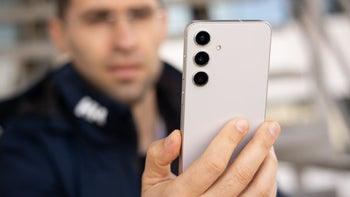

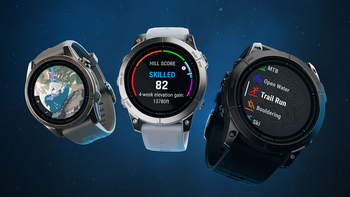

Things that are NOT allowed: